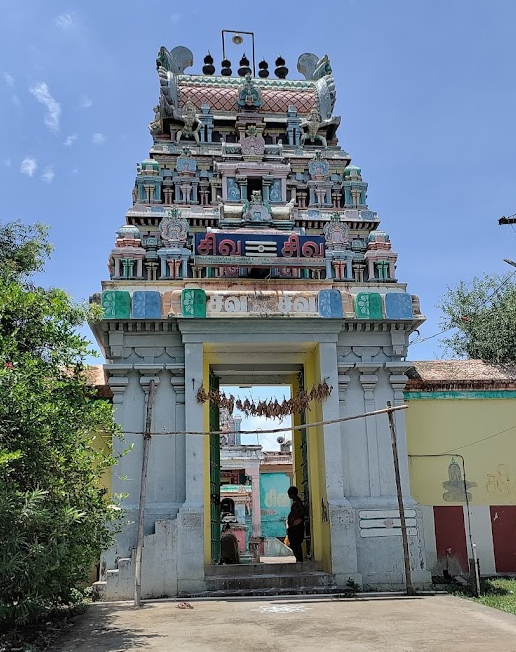A Chola king, tormented by Brahmmahati dosha (sin of murder) after killing his wife due to unfounded suspicion, wandered aimlessly. One day, he saw a diseased dog fall into a river and emerge healthy. Following the dog’s example, the king bathed in the river, was relieved of his sin, and regained his kingdom. Grateful, he built a temple on the confluence of the Manimutharu and Vellaru rivers, naming the place Tiru Koodalai Attrur. Over time, the temple fell into ruin, and the idols were lost. Later, the Mother Goddess appeared in a priest’s dream, revealing her presence in the river. The idols were recovered, and the present temple was built.
Administration History :
The temple is currently under the administration of the Hindu Religious and Charitable Endowments (HR&CE) Department of the Tamil Nadu Government. Historically, it was patronized by the Cholas and Nayaks, with restoration efforts made during the Vijayanagara Nayak period. The temple continues to be maintained and renovated, with the Kumbhabhishekam planned during 2013.
